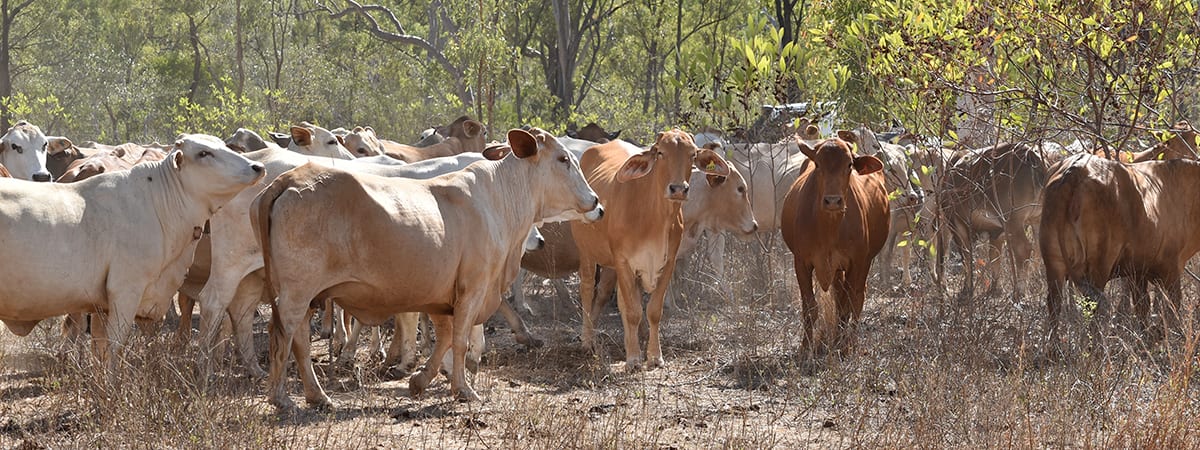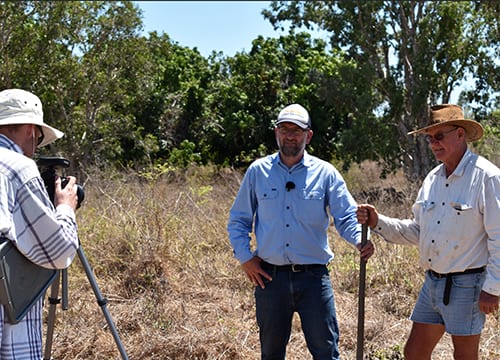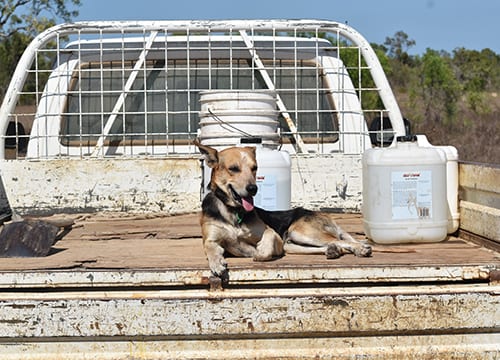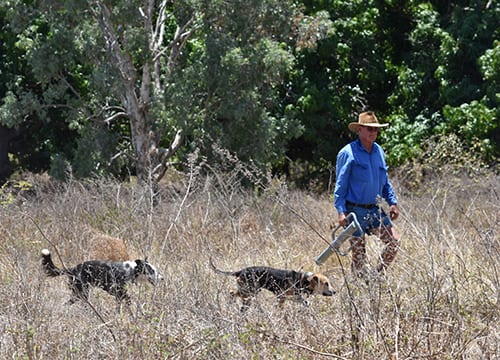A landscape journey that has only just begun
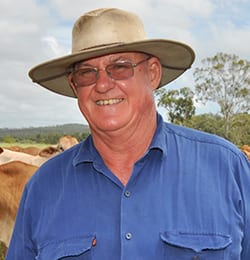
Bob Harris, Glencoe Station
Bob Harris purchased Glencoe in 2000 – the property had been run as a hobby farm and was susceptible to erosion and topsoil loss due to poor ground cover and bare ground.
Glencoe sits on the boundary of Natural Resource management groups NQ Dry Tropics and Reef Catchments. Through funding support from these two NRM groups, a major infrastructure upgrade was planned and undertaken.
Projects were undertaken to fence riparian areas and land in fragile condition. In total 37 km of internal fencing and 25 watering points were installed through project support. In addition Bob has installed 23 km of land type fencing.
Establishment of this infrastructure has allowed better management of grazing, resulting in improved water quality outcomes and boosting farm productivity. In 2015, Bob completed a Holistic Management training course supported by NQ Dry Tropics.
Through the implementation of HM principals Bob has adopted a system of rotational grazing which has results in increased plant production, improved water infiltration and retention, less land degradation and improved lifestyle and profitability. Increased pasture plant growth in turn leads to more carbon from the atmosphere being sequestered into the soil, in turn improving water holding capacity.
Bob is passionate about the changes in his ecosystem and the diversity of returning pasture species. He will continue with existing practices and believes the landscape has only just begun its journey back to ecological health.
Regenerative grazing practices have resulted in improved ground cover, increased diversity of pasture species, reduced run off and improved water storage capacity. A rotational grazing system with three mobs of cattle moving through 26 paddocks ensures Bob is always resting 70-80 per cent of his land.
Always having the ability to move cattle onto fresh feed has resulted in massive improvements in weight gain and kilograms of beef produced per hectare. This year after a late start to the season and with lower than average rainfall, Bob was still able to sell 30-month old steers weighing between 600 and 650kg to the meat works.
When the property was purchased in 2000 the gully at the front of the house would run a full bank after an inch of rain. Through improved land condition and increased water holding capacity, a rainfall event of six inches of rain barely leaves puddles in the bottom of the gully.
Amalgamating groups of animals and regularly moving them between paddocks has resulted in improved animal behaviour and significant time saving. This increased efficiency has allowed Bob to spend more time pursuing personal interests, attend field days, training and workshops and to become involved in peer to peer learning networks.
Bob Harris is the first to admit he still has “light bulb moments” at training events, and says training, educating and peer to peer knowledge is essential to build knowledge.
“Receiving this award is humbling but it also makes me feel proud to be recognised in a room full of peers who are all doing great things,” Bob said.
“All the finalists would be worthy award recipients. I don’t see myself doing anything out of the ordinary. I’m just trying to do the best for my land and business, and the job is never finished.
“When you get to where you think you’re going to be, you’re always seeing how you can make improvements to be even better.
“The industry is making headway in telling great stories of what farmers are doing in terms of stewardship and best practice, and it’s good to be part of that momentum,” he said.
Bob Harris (right) with soil expert David Hardwick on Glencoe Station during filming for a soil health video
Bob Harris and workmates on Glencoe Station

